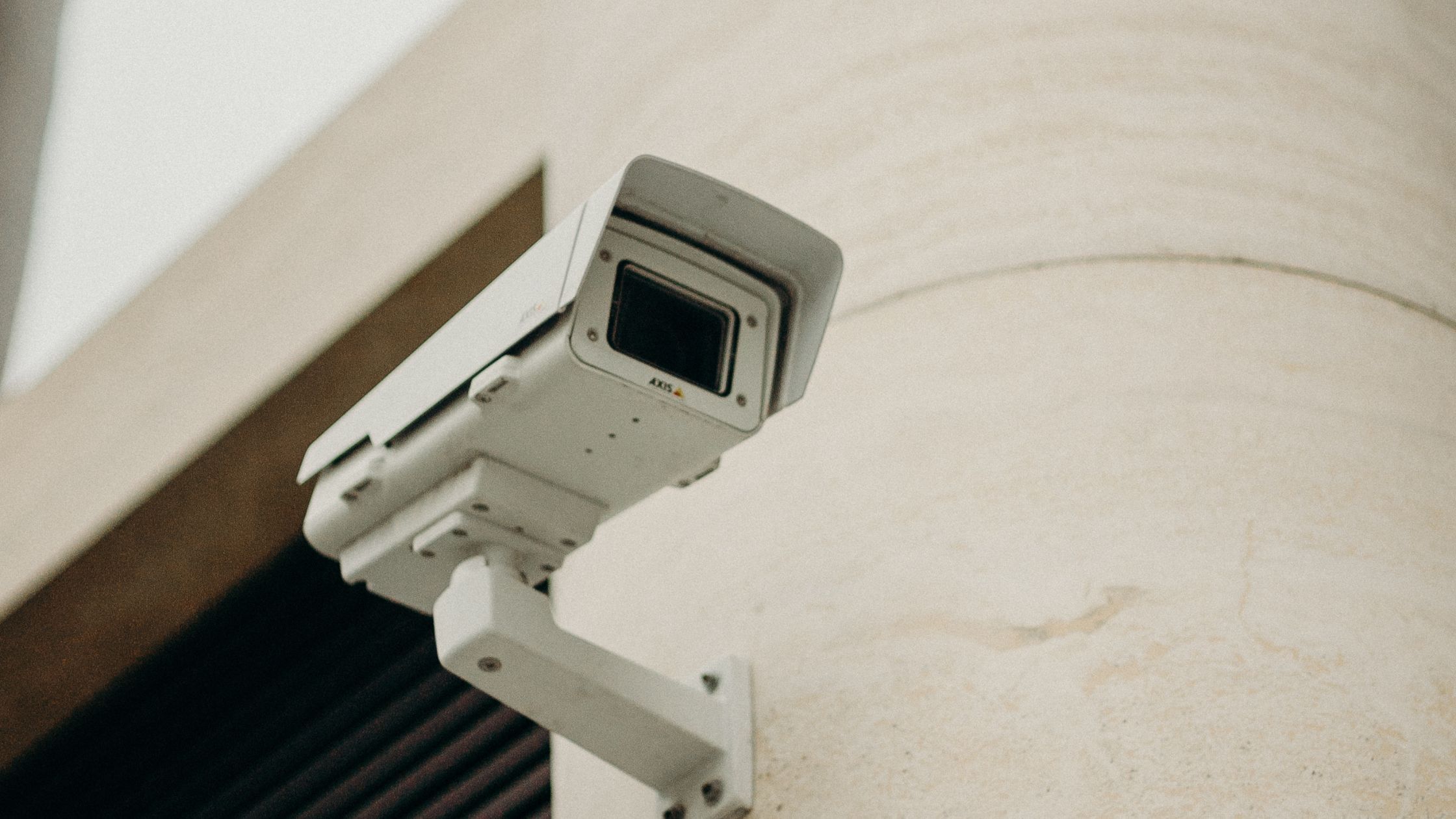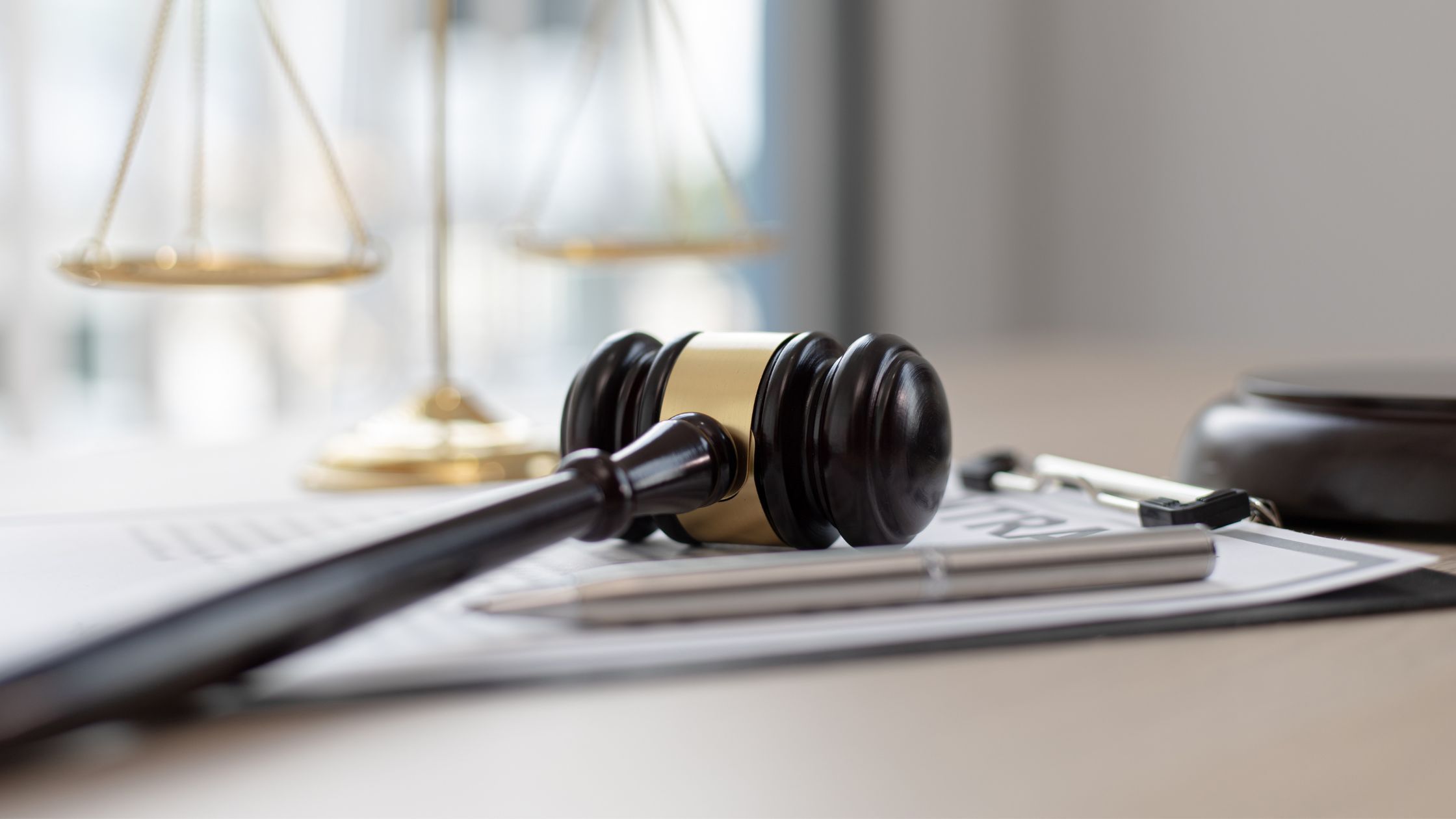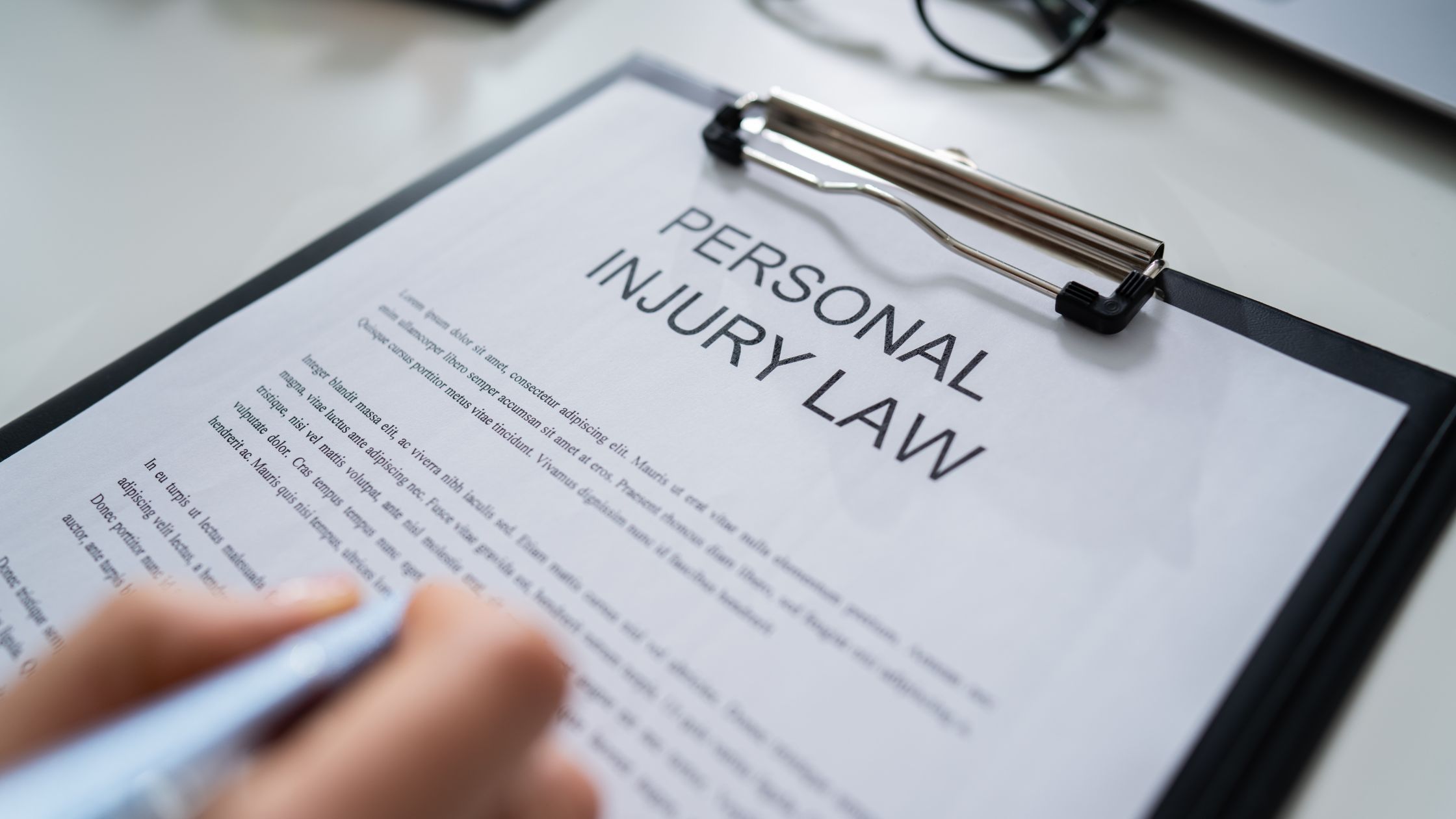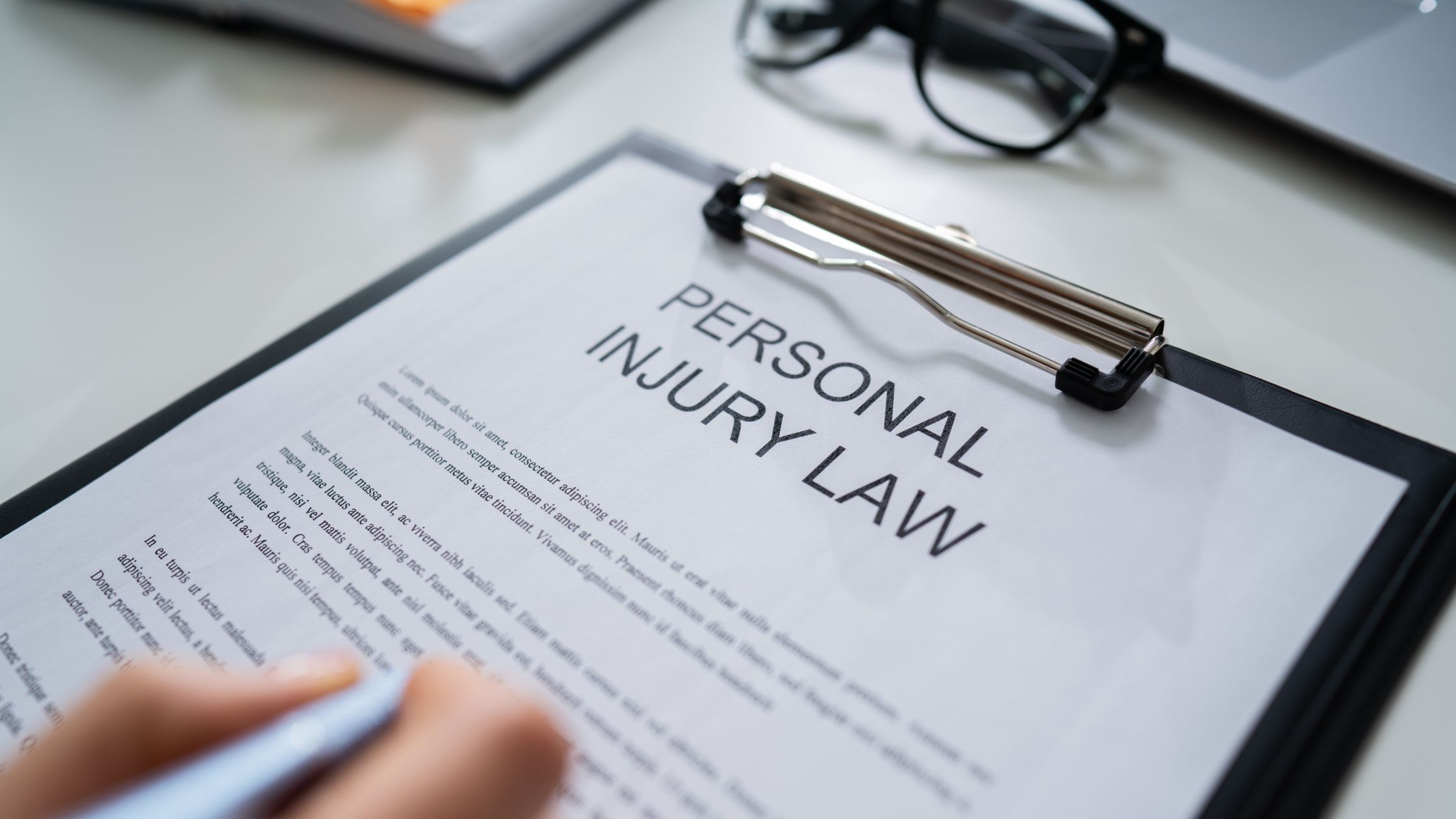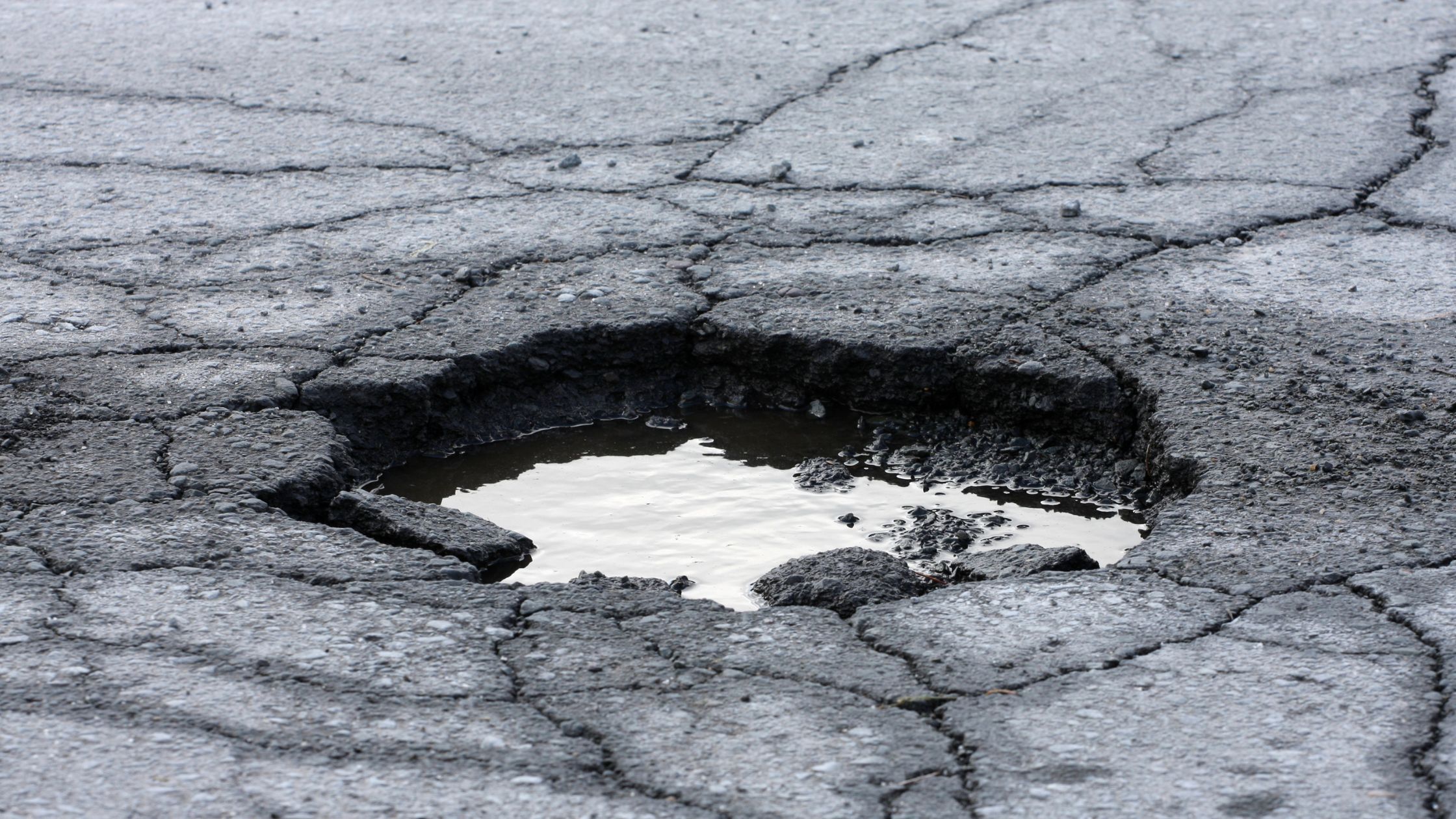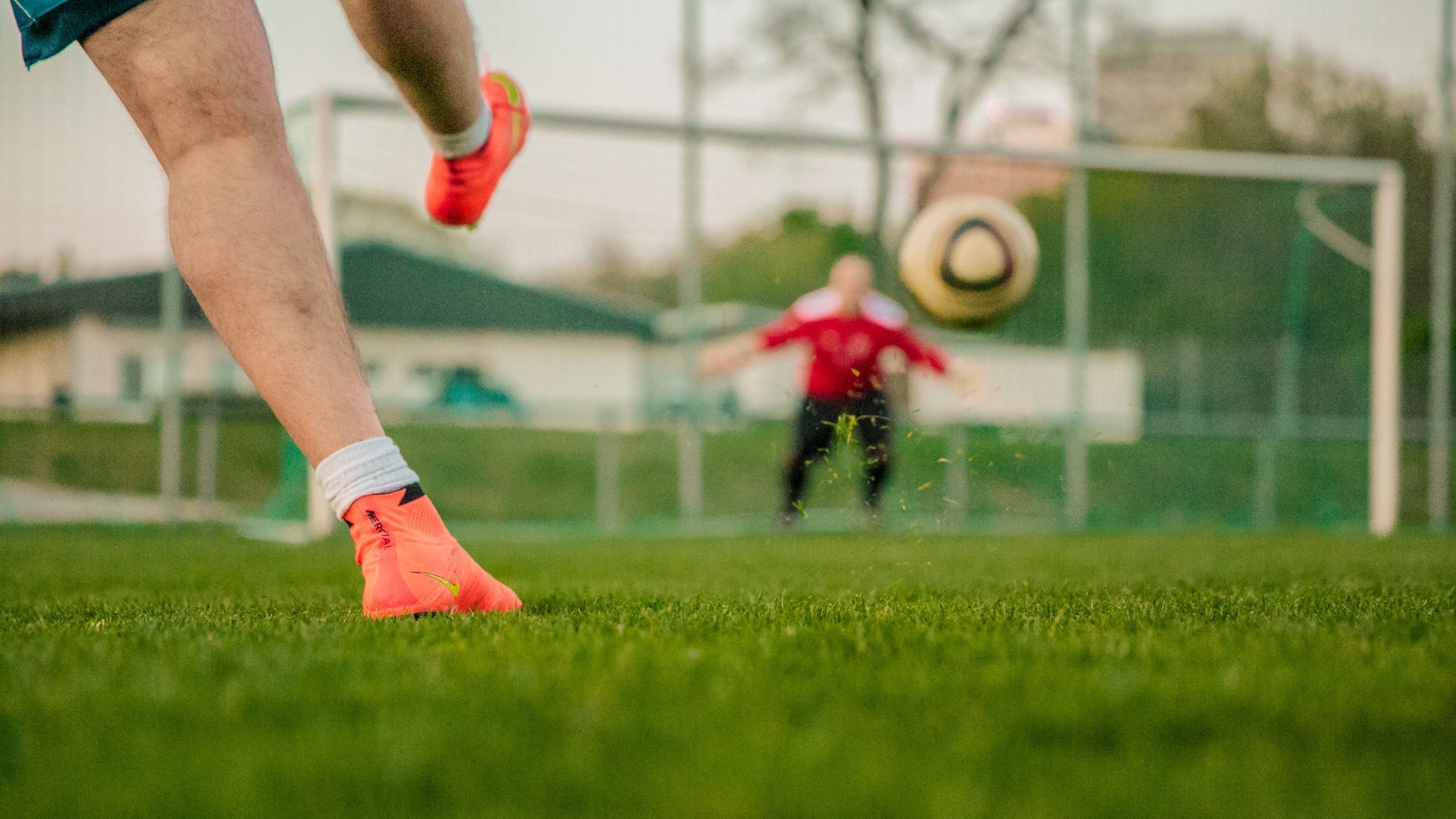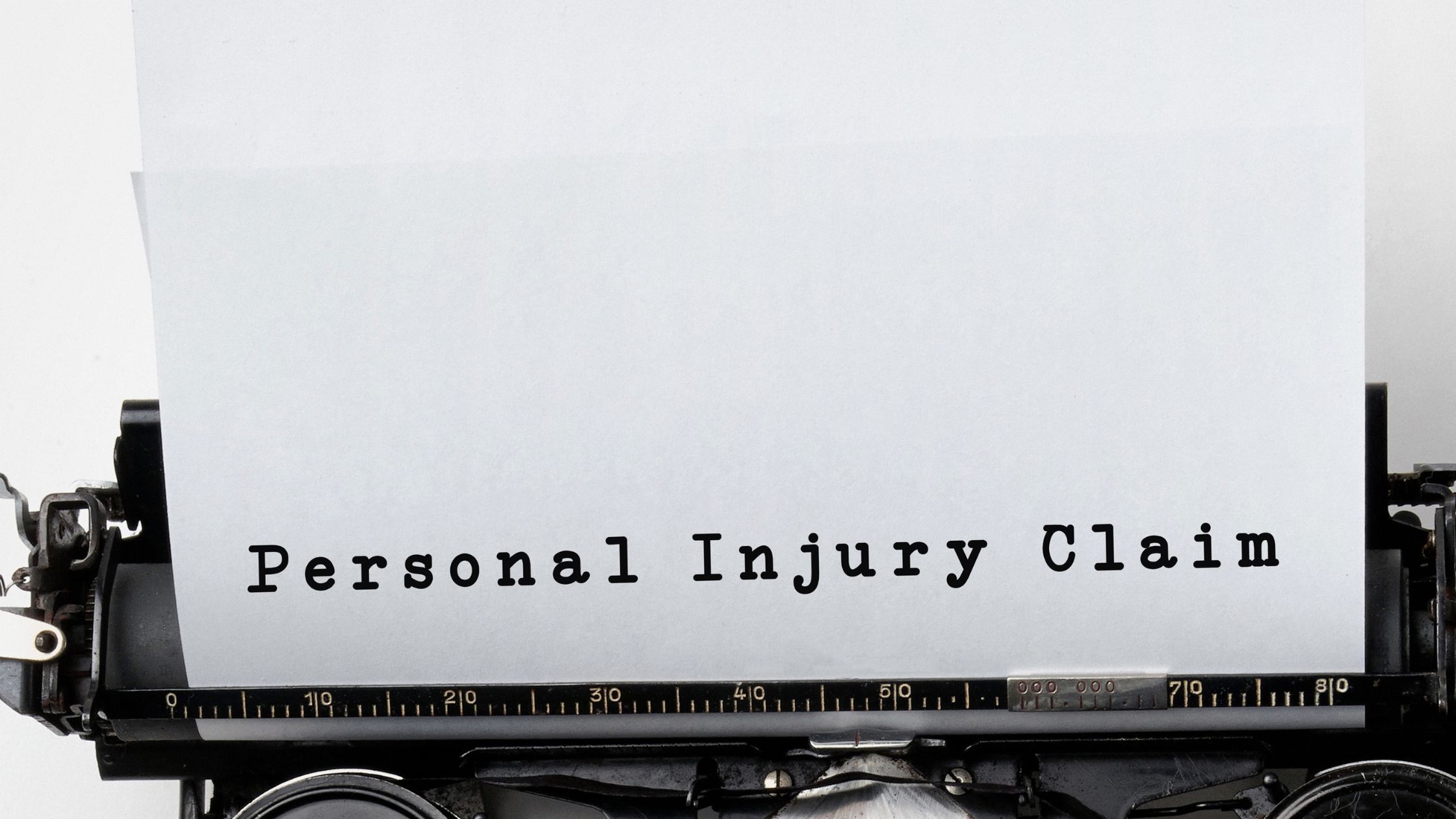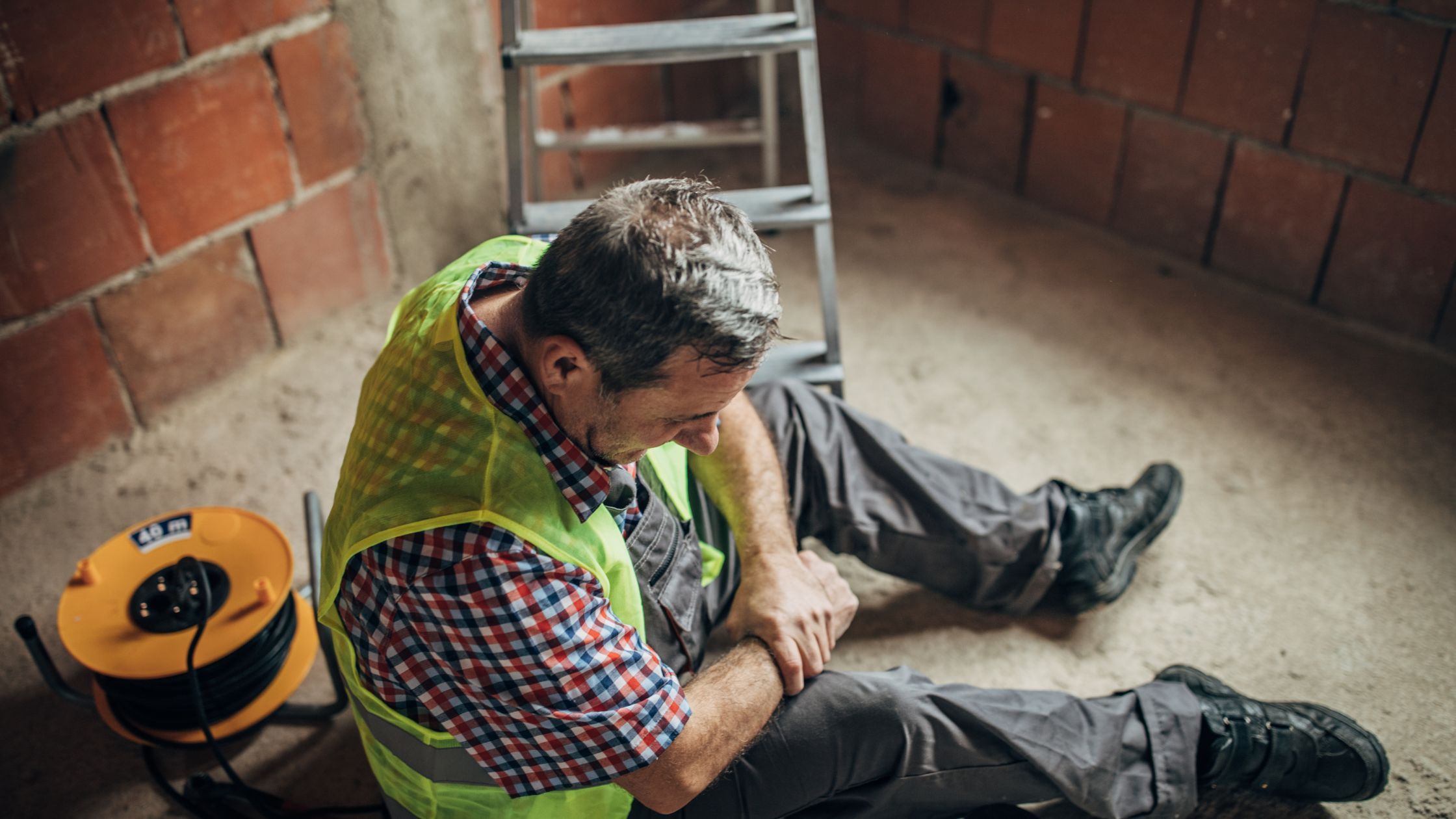Karapetianas v Kent and Sussex Loft Conversions Ltd [2017] EWHC 859 (QB). [2017] All ER (D) 134 (APR)
In the case of Karapetianas v Kent and Sussex Loft Conversions Ltd , whilst working for the Defendant the Claimant fell through the floor of a loft and subsequently sustained a pelvic fracture and other injuries.
The Claimant was examined by numerous medical experts both before March 2014 and after August 2014 and he appeared to be severely disabled.
However, video surveillance of the Claimant had been taken predominantly between the end of March 2014 and mid-August 2014. The video surveillance depicted the Claimant in a way which showed a stark difference in the way in which he presented himself to medical professionals. Upon the video surveillance, the Claimant appeared to have recovered to show a normal level of functionality, however, medical professionals, following examinations, concluded him to be severely disabled.
Subsequently, this case raised two poignant issues:
- How the use of covert video surveillance could be used as evidence in personal injury cases; and
- Whether the act of striking out a claim was appropriate in this instance.
Video Surveillance
The video evidence presented in this case was attempted on over 21 occasions. The Claimant was depicted on 17 of those occasions from December 2013 to August 2014. Within the video surveillance, the Claimant was depicted as showing normal level of functionality.
The question therefore for the Court was ' does the available evidence make a good contention that there is a sufficient casual connection between the Claimant's current condition and the 2012 accident? '.
The Claimant argued that his ability shown within the video surveillance was due to the fact that he was taking a large dose of painkillers which enabled him to appear to have a relatively normal level of functioning due to them masking the pain. This was of course considered by the Court, however, deemed implausible by medical practitioners and as a result, the reason of having good and bad days explains the lack of plausibility. It was therefore very improbable that the video surveillance only sampled the Claimant's good days. Video Surveillance cannot choose to follow simply the good days.
The Court thus needed to draw a conclusion in respect of the Claimant's current state and determine whether there was a sufficient casual connection between his current state and the 2012 accident.
It was concluded that the Claimant's current state was not attributable to the 2012 accident. Both Dr's who examined the Claimant however, did suggest that there may be a psychological explanation for the pattern shown by the Claimant. However, on the basis that there was no psychological report to be considered, and the fact that the Claimant declined to be examined, the Court had to rule that his present state was not attributable. This has therefore identified to Claimant's the importance of obtaining a psychological report in the event of any 'ill, unexplainable behaviour'.
As a result of the video surveillance available, the Court ruled that the Claimant had recovered to the extent that he had regained normal functionality level.
Striking Out the Claim
As a result of the video evidence provided, the Defendant's contended that since 2014, there had been nothing wrong with the Claimant, and as such, invited the Court to strike out the claim with the consequence that the Claimant not receive any damages as a result of the injuries sustained in 2012.
The Defendant referred the Court to judgment of Summers v Fairclough Homes Ltd where it was concluded that a claim could be struck out at any time, even after trial provided that the Court was satisfied "...that the party's abuse of process was such that he had forfeited the right to have his claim determined...". No definition of 'abuse of process' has been laid down, however, in Attorney General v Barker (2000) it has been explained as "using that process for a purpose or in a way significantly different from its ordinary and proper use".
Under Civil Procedure Rule 3.4(2) ('CPR'), the court may strike out a statement of case if:
- The statement of case discloses no reasonable grounds for bringing or defending the claim.
- The statement of case us an abuse of the court's process or is otherwise likely to obstruct the just disposal of the proceedings.
- There has been failure to comply with a rule, practice direction or court order.
In the case of Summers, that Supreme Court held that the language within CPR 3.4(2)(b) supports the jurisdiction to strike out a claim for abuse of process, even where to do so, would defeat the substantive claim. However, this is restricted by CPR 1.1 and 1.2, that the Court must decide cases in accordance with the overriding objective of determining cases justly. Subsequently, the Supreme Court ruled that the draconian step of striking out a claim must always be the last resort and should only be exercised in very exceptional circumstances.
In Karapetianas, the judge carefully observed the Claimant whilst he was giving evidence and also in attendance at Court. The Claimant appeared deeply distressed by his condition, was entirely worn down. As a result, in their judgment, the Supreme Court ruled that they did not believe the Claimant was sophisticated enough to be capable of fabricating such deception conducted over an extended period of time. The Court concluded therefore in Karapetianas, that the case did not fall within that of a very rare case to justify striking out. It therefore concluded that the Claimant should be compensated for the injury he suffered on the 17th March 2012 and for the consequences of that injury thereafter, but only to the extent that by the end of May 2014, the Claimant had substantially recovered from the injuries sustained.

